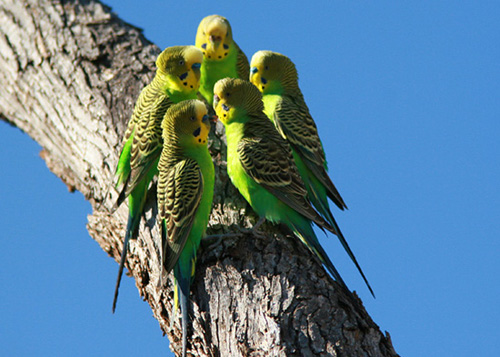"hate to revive an old thread, but better than opening a new one."
Yup, it is better. For some reason, on the Ubuntu forums, they'll close / lock old threads that are revived despite them being about the same problem.
Simple question, did you squirt some cold IPA over the cake in the filter? That will clean it up orange / brown tints. It will also dissolve some of
the BQ, so it will always drip out a yellow colour at the bottom. Just give it a couple of squirts, not half a bottle's worth of IPA.
If you want it super sparkly yellow, sublimate it. It does take aaaaages, however. |














 . will try less iodine next time.. Any Idea how much less I
should use? maybe use 3/4 of
. will try less iodine next time.. Any Idea how much less I
should use? maybe use 3/4 of  1g?
1g?


